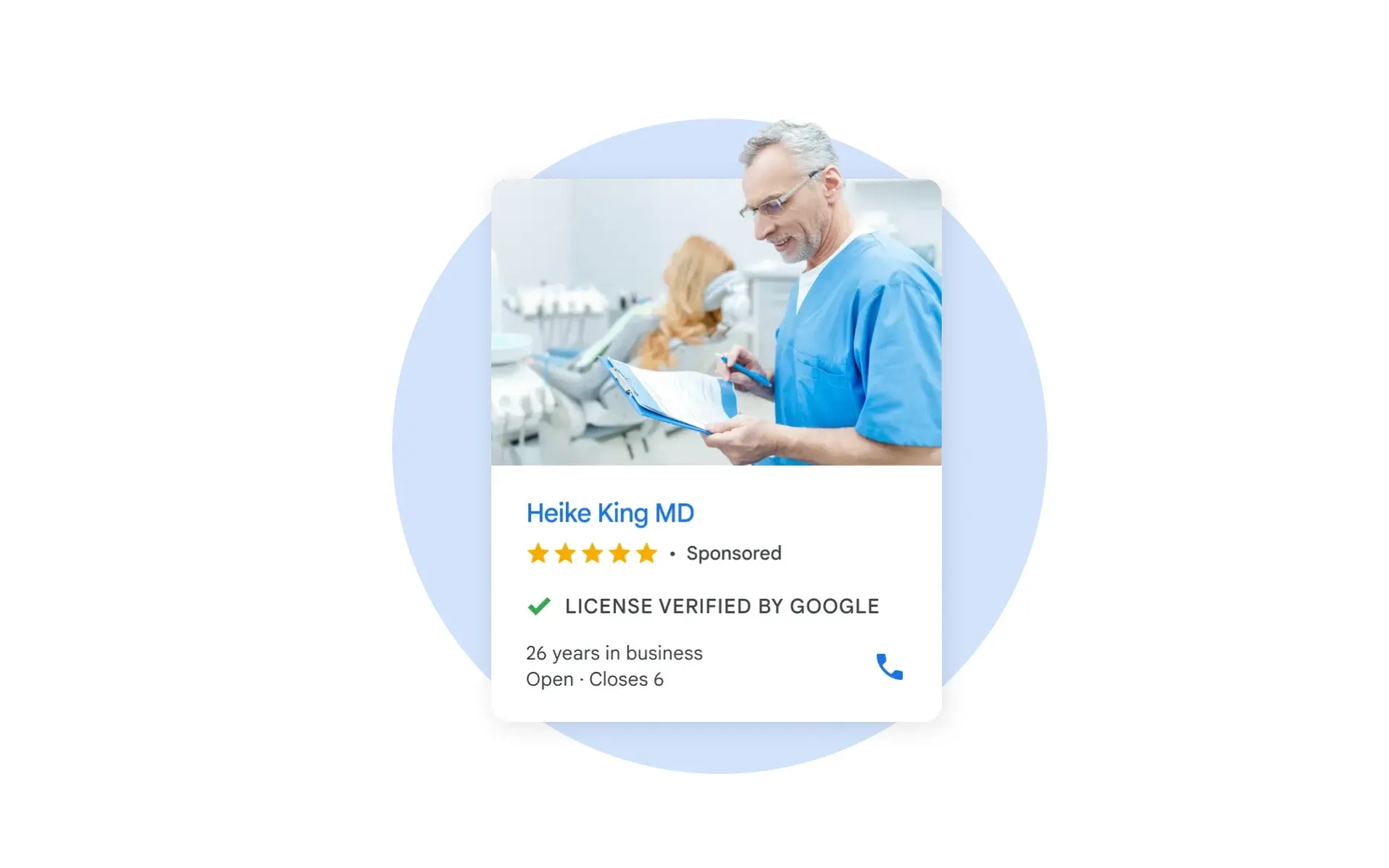New Target Cost Per Lead (TCPL) bidding for Local Services Ads
Google's new Target Cost Per Lead bidding option aims to balance control and flexibility for local service advertisers.

Google this month announced the introduction of a new bidding option called Target Cost Per Lead (TCPL) for Local Services Ads. This feature, set to launch in September 2024, aims to provide advertisers with enhanced control over their manual bids while offering increased flexibility in managing lead costs.
According to Google, the TCPL bidding strategy addresses a common request from advertisers seeking to balance control with adaptability in their advertising spend. The new option will be available as an optional feature under the existing "Maximize Leads" bidding strategy, allowing businesses to set target fields for their desired cost per lead.
The introduction of TCPL marks a departure from the current manual bidding system, known as Max Per Lead. Under the existing model, advertisers set a hard cap on their maximum bid per lead. For instance, with a $15 USD limit, the system would not bid on leads costing $16 USD, even if doing so could have maintained or lowered the average lead price.
In contrast, the TCPL model adopts a more flexible approach. Some leads may cost more than the set target, while others may cost less. Google's algorithm will attempt to keep the overall cost per lead close to the average specified by the advertiser. Importantly, Google assures advertisers that their monthly budget will never be exceeded, regardless of individual lead costs.
Google reports that during a pilot program, advertisers who transitioned from manual bidding (Max Per Lead) to TCPL experienced an increase in lead volume. Conversely, those who switched from automated bidding (Maximize Leads) to TCPL saw a decrease in leads. Based on these results, Google recommends that advertisers currently using manual bidding consider switching to TCPL with the recommended target for improved results. Alternatively, they suggest moving to automated bidding (Maximize Leads) for optimal performance.
For advertisers managing multiple verticals, Google continues to recommend the automated Maximize Leads option as the best choice for performance optimization.
In addition to the new bidding option, Google has provided a set of best practices for advertisers looking to enhance their Local Services Ads performance:
- Expansion of job types and service areas: Advertisers are encouraged to select all relevant job types and set broad service areas, such as entire counties rather than specific postal codes.
- Customer review cultivation: Google recommends obtaining at least five customer reviews, as this can be a minimum requirement for ad display in some business categories.
- High-quality photo inclusion: Adding professional-quality images to Local Services Ads profiles can help businesses stand out and attract more leads.
- Feature opt-ins: Google suggests opting into features such as message leads, direct business search, and booking integration (for those using compatible CRM partners) to increase ad visibility and lead generation potential.
- Bidding strategy optimization: The company continues to advocate for the "Maximize Leads" bidding strategy for optimal budget utilization.
These recommendations are designed to help businesses improve their ad performance and reach a wider audience of potential customers.
The introduction of TCPL bidding comes at a time when local businesses are increasingly relying on digital advertising to reach customers. By offering this new bidding option, Google aims to provide small businesses with more tools to compete effectively in the digital marketplace while maintaining control over their advertising costs.
As the September 2024 launch date approaches, advertisers using Local Services Ads are advised to familiarize themselves with the new TCPL option and consider how it might fit into their overall advertising strategy. Google emphasizes that while TCPL offers new possibilities, the choice of bidding strategy should be based on individual business goals and performance metrics.
Local Service Ads
Local Service Ads are a specialized advertising format offered by Google, designed specifically for service-based businesses that operate in specific geographic areas. These ads appear at the top of Google search results when users search for local services like plumbers, electricians, or house cleaners. Unlike traditional Google Ads, Local Service Ads are pay-per-lead rather than pay-per-click, meaning businesses only pay when a potential customer contacts them directly through the ad. To be eligible, businesses must pass Google's screening and verification process, which includes background checks and license verification. Local Service Ads display key information about the business, including ratings, reviews, and services offered, helping potential customers make informed decisions. This advertising format is particularly beneficial for small to medium-sized local businesses looking to increase their visibility and attract customers in their service area.
Key facts
Google is introducing Target Cost Per Lead (TCPL) bidding for Local Services Ads in September 2024.
TCPL allows for more flexible bidding compared to the current Max Per Lead system.
Pilot results showed increased leads for advertisers switching from manual to TCPL bidding.
Google recommends at least 5 customer reviews for optimal ad performance.
Best practices include expanding job types, using high-quality photos, and opting into new features.
The Maximize Leads bidding strategy is still recommended for multi-vertical advertisers.
TCPL aims to balance control and flexibility for small business advertisers.

